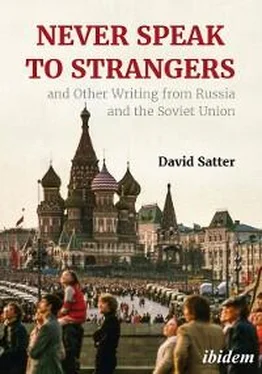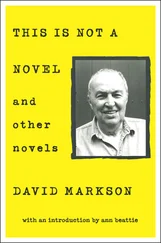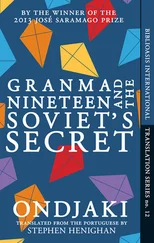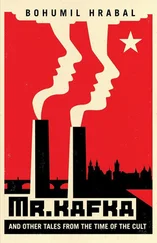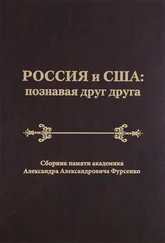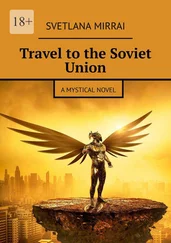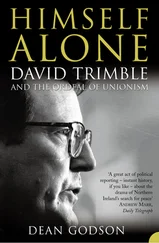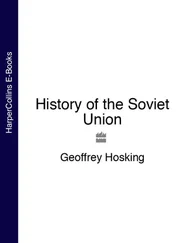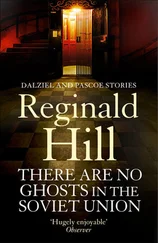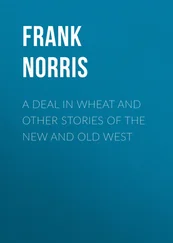The one-hour Press conference, at which correspondents had a chance to question Mr. Zamyatin, was at least half taken up with a lengthy description of Mr. Brezhnev’s commitment to peace and to questions by Soviet journalists, who are also Government officials, about U.S. missile deployment and NATO.
The questions were propagandist and raised arguments that could only be answered in considerable detail. As intended, they took up time that could have been used in gaining information.
Mr. Jody Powell, President Carter’s Press secretary, betrayed annoyance with the Soviet journalists’ questions and with statements by Mr. Zamyatin.
Mr. Powell also reacted sarcastically to Mr. Zamyatin’s remarks about ratification.
Financial Times, Friday, July 13, 1979
Bitter-Sweet Search for Ancestors in Ukraine
The two-lane highway to Chernoble wound its way north from Kiev through small, wooden villages, past lush, green pasture land and open fields of rye. Only the occasional sand dune hinted at the nearness of the Dnieper River.
At various times during my three years in Moscow, I considered making a trip to the formerly Jewish town of Chernoble, which my grandparents left in 1913 for the United States, but something always dissuaded me.
The Nazis occupied Chernoble and although a great-uncle had stayed behind, I held little hope of finding anything familiar there. I also knew that the Soviet Union, except for the major cities, is a closed country and any attempt to visit an out-of-the-way place like Chernoble would be met with endless bureaucratic difficulties.
In early May, however, my mother and sister arrived in Moscow for a month’s visit and after establishing that the area around Chernoble was officially open to foreigners, I decided to plan a trip.
My reasons were mixed. The last letter from Shaya K., my great uncle, to his brothers arrived more than 40 years ago, but I thought it was still possible that we could learn something of his fate. I also wanted to try to understand better the traditional animosity between Ukrainians and Jews.
The pogroms which swept the Ukraine 70 to 80 years ago ensured that millions of Jews would emigrate, that others would fervently back the 1917 revolution and that Zionism would find its base of mass support in Russia. The antagonisms of the Ukrainian farmlands affected the shape of the modern world.
We submitted our itinerary to the Foreign Ministry 10 days in advance of our trip and it was, at first, approved. The approval was cancelled the day before our departure, however, because Yanov, a railway station six miles from Chernoble and apparently the site of the Chernoble atomic energy station, was said to be “closed.”
Four re-routings and 36 hours later, we at last found ourselves driving north on the Kiev to Chernoble road accompanied by an Intourist driver and an official “guide” whose presence we were forced to accept and to pay for in hard currency in order to be allowed to proceed.
The trip, however, began to seem worth the trouble. If the Ukraine had endured more than most areas due to the upheavals of the present century, there was little sign of it that sunny afternoon. Swaddled old women shooed cows off the road with rope lashes, moving them in the direction of the brick barns of nearby collective farms.
The scenery opened into vast green plains broken only occasionally by stands of birch and pine trees, reminding one that it had once been possible to earn a living from timber in the area, as my mother’s family had done.
As we approached the outskirts of Chernoble, a town of 20,000 people, we saw a long row of modern housing blocks on the plain, but driving down the main street into the town itself, it was obvious that physically at least, very little had changed.
We left our guide and car and began walking down narrow, shaded streets, past white log and plaster cottages with stacks of wood piled neatly in the yards. Cottonwood floated in the air and the sounds of motorcycles in the distance competed with the crowing of cocks.
We saw an old woman standing near a water tap and, acting on an instinct, I asked her if she could direct us to the Jewish cemetery. She told us how to get there and then, her curiosity aroused, asked us which grave we were trying to find. I asked her if she had ever known anyone by the name of K――.
Seventy years after all but one member of the K―― family had left Chernoble, the old woman smiled and said, “of course I know them. My sister studied with one of the K daughters. They lived in a house on the main street.”
We agreed to visit the old woman and her 80-year-old sister later in the day, but walking back towards the main street, we were met by our guide who told us we were wanted in the city hall.
We followed her to the city hall where we were greeted by Mr. Nikolai Zhavoronkov, the mayor of Chernoble. He seemed uneasy about our presence but immediately assumed responsibility for organising a “programme” for us although we had not requested one.
He called a procession of old Jewish and Ukrainian women to his office and they, comparing recollections in a mixture of languages agreed that Shaya K. had lived in a house on the main street but that he and his daughters had not been seen in Chernoble since the late 1920s.
We were unable to learn anything more definite from them and we wanted to continue walking around the town. But Mr. Zhavoronkov, apparently in his role as tour organiser, presented us with flowers and insisted on taking us to the Jewish cemetery.
Chernoble had once been three-quarters Jewish but only 2,000 Jews live there today. The Jews who did not flee ahead of the advancing Nazis were rounded up and brought to the old cemetery and forced to dig a long, deep trench within sight of their ancestral graves.
The trench is now covered with a marble slab about 300 ft long and closed off by a metal fence with a small gate. A monument above the common grave reads in both Yiddish and Russian, “Here lie the ashes of citizens beastially murdered by the fascists on November 19, 1941.”
Mr. Zhavoronkov waited respectfully as we laid the flowers at the monument but as soon as we had left, he signalled to our driver to take us back to Kiev. I got out of the car and approached him but his friendliness had disappeared. He said the visit was over and if we did not leave immediately there would be “unpleasantness.”
Just how well co-ordinated was the effort to foreshorten our visit became clear when the Intourist driver and guide refused my request to drive us back into town. This forced me to tell my mother and sister to get out of the car and the three of us then began walking back in the direction of Chernoble.
The driver and guide relented, as I knew they would, and after some hesitation, they turned the car round, and drove us back into Chernoble.
We left them sitting in the parked car and began to stroll through the main square with its gilded statue of Lenin decked with red flags. By the time we arrived at Sovetskaya Street and the large brick house at number 33, our presence had been noticed and was beginning to attract a crowd.
We may have been the first foreigners to visit Chernoble since the revolution and after we had told people who we were, they clustered round us on the tree-shaded main street, showering us with questions. Women hugged my mother, calling her a “Chernobylyanka” although she was born in the U.S. and children were dispatched to knock on the doors of elderly Jewish people to ask them to come out.
The size of the crowd in front of my great-uncle’s house increased—at one point, it even included a passing militia man—and finally a white-haired man in his 60s emerged who said he had actually been a friend of my great uncle’s.
Читать дальше
